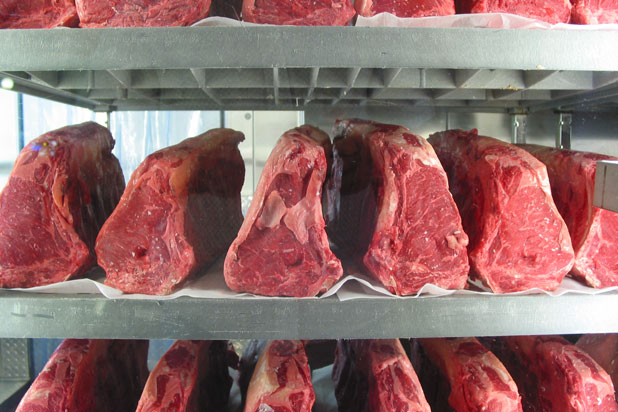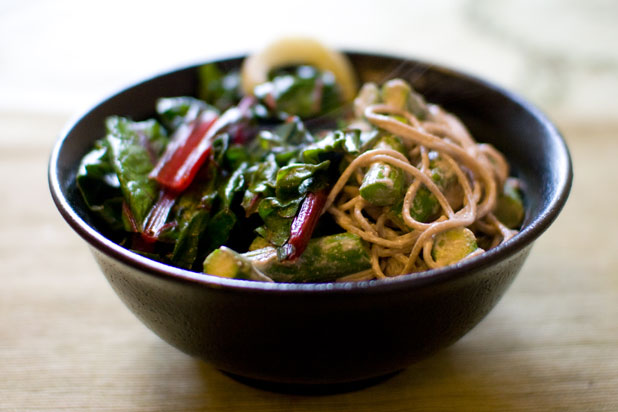10 Foods We Only Eat When They're Rotten
We tend to go through life thinking that if something is rotten, it's a sign that it's time to throw it out. But in fact, food that's begun to rot is eaten all around the world, and you most likely eat it as well.
10 Foods We Only Eat When They're Rotten (Slideshow)
Obviously, it's not exactly appealing to call food out as being rotten, so there's a more common term for it: fermented. Fermentation simply means giving bacteria time to do their thing; if it's bad bacteria you can end up with food poisoning, but if it's good bacteria you end up with pickles.
The act of cheesemaking, for instance, is largely an exercise in controlled spoilage. Introduce bad bacteria and you end up with rotten, ammoniated garbage. But show it some TLC, and something magical happens.
Allowing food to rot has been used as a preservation technique for thousands of years. Fresh food wasn't always available, so folks had to use some pretty cunning techniques to extend its life throughout the year. Pickling vegetables, making preserves out of fruit, turning milk into cheese, and drying meat were all devised as ways to make food last longer, but fermentation, while not as common a practice in the United States as it is elsewhere around the world, is also a viable option.
Fermented foods are generally packed with loads and loads of salt and possibly other seasonings, then simply left to their own devices. The result depends on what you're fermenting: start with cabbage and you end up with kimchi; start with fish and you end up with fish sauce.
So read on to learn about 10 foods that we only eat when they're rotten, whether through fermentation of good old-fashioned aging. Some taste delicious, others are a bit more of an... acquired taste, but they're all edible thanks to some industrious folks who figured out how to make it that way.
Aged Beef

To dry-age beef, slabs of it are allowed to sit in a temperature- and humidity-controlled room for up to three weeks while it develops a crust, usually complete with mold. All of this is cut away after the dry-aging is complete, however, and you're left with a steak that's tender, minerally, and more concentrated in flavor.
Miso

This Japanese staple is most commonly found in miso soup in the U.S., but is also used in sauces, spreads, and marinades. In order to make it, soybeans are left to ferment with salt and bacteria called Aspergillus oryzae. Barley, rice, and wheat are also sometimes added, and the resulting paste is a flavor-rich umami-bomb.
Click here for 8 more foods that we only eat when they're rotten.